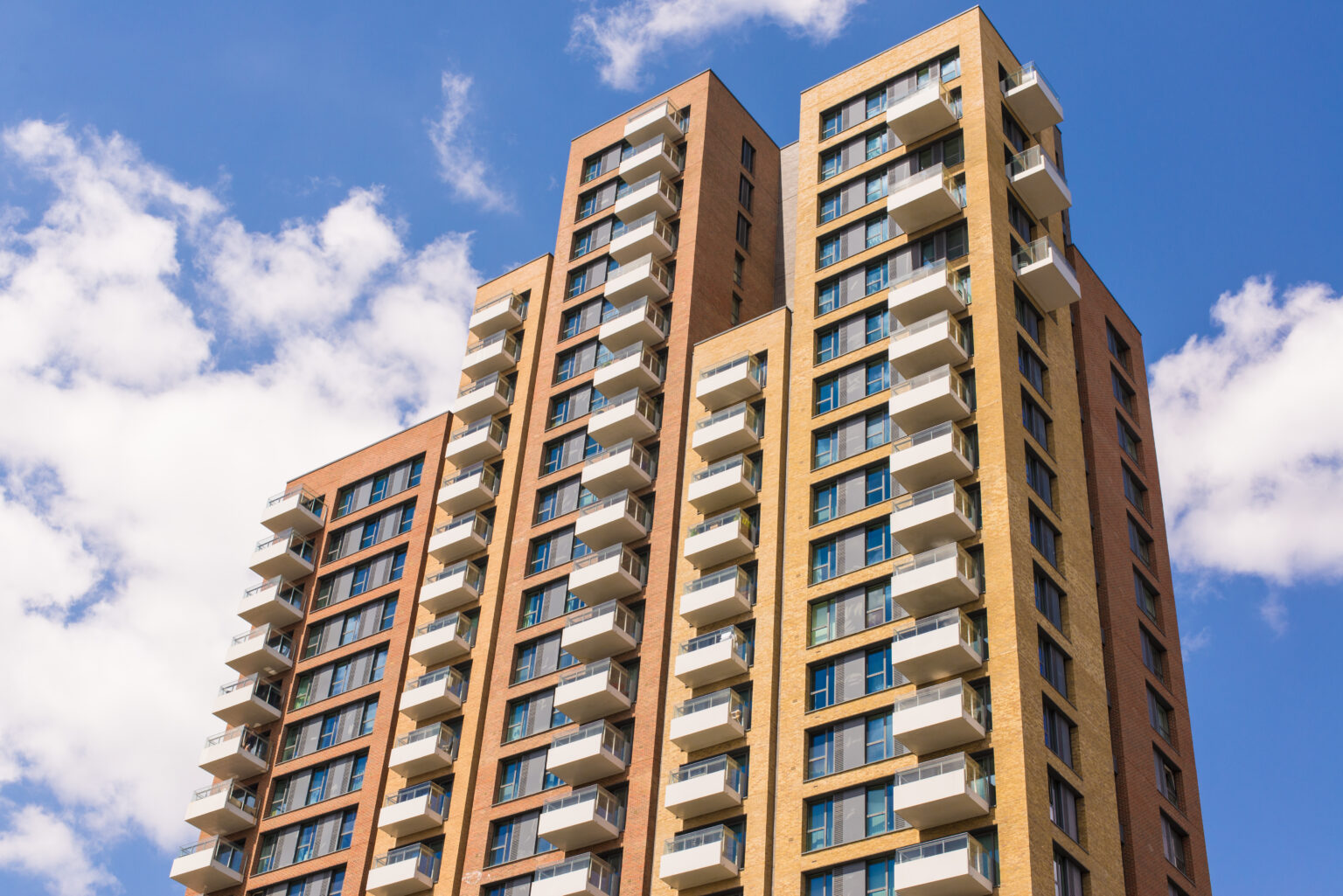Is it possible to believe you’re doing the right thing – yet be inadvertently embarking on a course of action that sets the conditions for a catastrophic failure? This is the question that we frequently pose to housing sector leaders when we first engage over the issue of fire safety protection for residents.
Post-Grenfell, the legislative environment has been strengthened to prevent such a loss of life from ever happening again. But seven and a half years on, can we confidently state that we’ve recognised and resolved all of those multiple areas of failure that led to 72 deaths? There are many in the sector and beyond that believe we’ve got a lot more work to do in this regard, but we shouldn’t be waiting for another major tragedy to benchmark our progress and refine our approach. There must be a better way?
The typical response to a major incident is to peel back the layers of evidence and pinpoint the key moments where errors, malpractice or poor decision-making occurred. In respect of Grenfell Tower, anyone viewing the ‘Web of Blame’ visual from the Grenfell Inquiry cannot fail to be appalled by the interplay of negligence, cost-cutting and indifference that led to the disaster. Often the solution is to strengthen, tighten and further proceduralise processes to provide the checks and balances that should capture the problems before they can escalate into bona fide safety risks.
To de-risk complex processes, like constructing a high-rise residential building, we introduce more gateways for compliance – step forward the Building Safety Regulator (BSR). The challenges of the BSR’s introduction into the system highlight an observable trend around the introduction of additional verification stages and greater scrutiny – putting more eyes on the problem to seek consensus on designed safety measures.
But I think we need to take a step back and actually listen to what the BSR is saying. The introduction of a new regulator is always going to prove disruptive to the status quo – it’s the reason they exist of course as a response to a situation that can never happen again. The BSR has made it clear that it doesn’t want thousands of pages of documents to read through to assess compliant design – it wants to know that you understand the unique challenges that are faced in your building, and how you have compliantly mitigated the risks for residents.
And this brings me to the heart of the challenge the sector faces in the aftermath of a transformational event like Grenfell. There is an urgent desire to get ‘your house in order’ and show progress on de-risking assets. But where to start, and who can guide us through this process in an informed way that recognises the wider picture and context that housing providers work in? Dame Judith Hackitt once commented that ‘height is a blunt proxy for risk’ when describing the 18m reference point for urgent building remediation works.
These few words should be engrained in our psyche when we respond to the new fire safety regime. In these seven words, Hackitt captures the essence of what is required by the BSR, but more importantly for resident safety. Crunching through hundreds of outstanding Fire Risk Assessment (FRA) bullet points may feel like progress, but without a holistic plan around how each one of these remedial activities reduces the hierarchy of risk for your residents – it’s unfortunately just a tick box exercise. But the consequences for this exercise could prove fatal to your residents, ruinous for your organisation’s reputation and could land you personally in a courtroom.
There are major cultural hurdles to overcome in a sector that is expert in juggling the many competing activities vying for its time and resources. Ticking off actions is a natural way that many approach their tasks – it’s easy to report to the senior leadership team that we’ve broken the back of the challenge – that’s progress right?
Unfortunately, this approach cannot work for protecting your residents, as risk is not a problem that respects how many previous actions you’ve ticked off. If you didn’t prioritise the core problem, the inadequate compartmentation or signed off on the sprinkler strategy, then updating the fire safety signage will not stand up to scrutiny in the post-incident analysis.
Our desire to show progress can undermine efforts to deliver what is termed ‘mindful compliance’ – where an organisation calculates the true risk potential for residents based on the unique circumstances of every building. This sounds like a much greater investment in both time and capital for housing providers, but it really needn’t be this way. Blind compliance (or box ticking) represents a short-term and undirected asset management strategy, that is potentially wasteful of resources and will not achieve the results that should matter most to you and residents – efficient fire safety compliance. The message is getting out there, and it’s through pioneering organisations like The City of Edinburgh Council, adopting such a holistic fire safety strategy across its residential portfolio, that we can highlight the efficacy of a risk and insights-based approach. There is no doubt that we all want to achieve the same goal, but how we get there is the most important factor in preserving vital resources and delivering tangible improvements that protect lives.
A version of this article appeared in Tall Buildings

Connor Mitchell, Director at Harmony Fire

